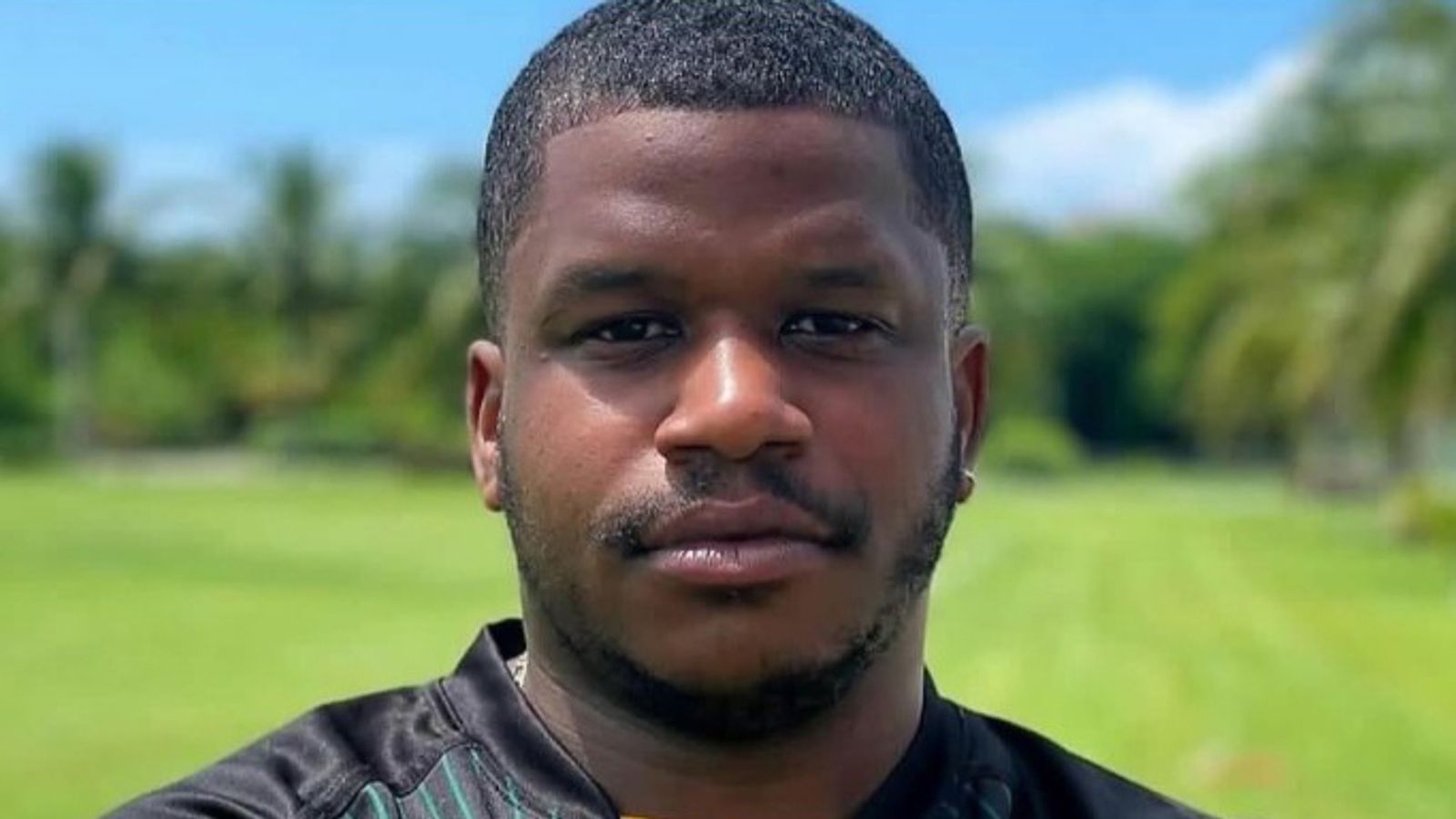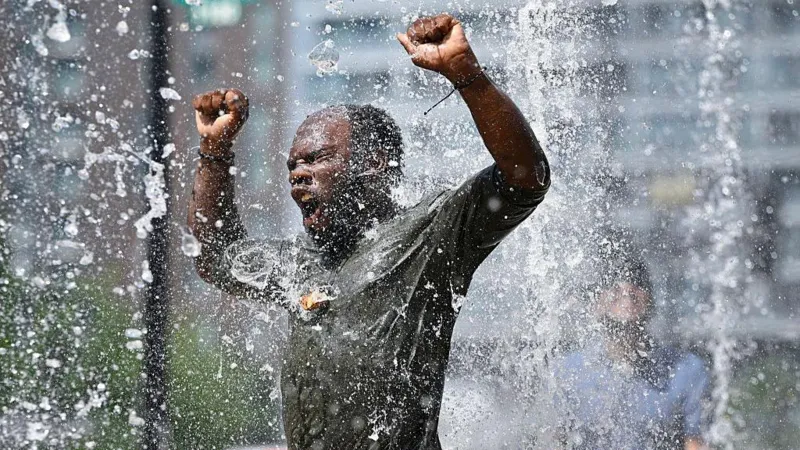Ghosts of Olympics past leave their mark in Paris
“If Greece is the cradle of the Olympics, Paris represents its home.”

So begins a somewhat partisan account of the city’s long association with the Games, published ahead of its failed bid (to London) for 2012.
Paris, wrote the author hopefully, is where the Olympic movement “rediscovered its vigour after an interminable historical amnesia,” and where there took place “so many important steps in its modern-day growth.”
Step one was the founding congress of the International Olympic Committee, chaired by the French aristocrat Pierre de Coubertin at Sorbonne university in June 1894.
And then came steps two and three: the second and eighth Olympic Games, both organised in the French capital.
Today there are still traces of both those Games. Here and there, if you look, their “legacy” is still very much alive.
Exhibit one is the magnificent vélodrome in the Bois de Vincennes known as the Cipale (short for Municipale), which continues in use 124 years after the first Paris Games.
Cycling was one of the most popular sports back in 1900, but the Cipale was also used for gymnastics, football, rugby … and cricket.
La Cipale was used for the 1900 Olympic Games and is still in use today
It was on this hallowed turf that the (until now) only ever Olympic cricket match took place – between England and France.
England won – but that still means France is the title holder of the Olympic silver. That will presumably end in 2028 when cricket returns for Los Angeles – but who knows?!
There have been renovations at La Cipale over the years but apart from the roof, the viewing stand is unchanged.
So is the concrete track with its raised curves at either end, and there - forgotten behind the bushes in the corner - the original urinals, the relief of generations of hard-pressed cycling fans!
The 1900 Games were strange ones, and are only just accepted today as part of the Olympic canon.
Talking of cannons, one of the unusual events was artillery firing. There were also boules, fishing, crossbow-firing, barrel-rolling and long-distance ballooning. The winner of that one landed near Kyiv.
The difficulty was that the Games took place at exactly the same time as the Paris World Fair, and many people – including competitors - thought the sports were part of the World Fair.
But they served an important purpose in establishing – after the first Greek edition in 1896 – that the Games were to be international, and not forever Hellene.
And they helped advance the growing idea that sports were something to be taken seriously, and not just a frivolous pastime.
The work of the French scientist Etienne Jules Marey was significant in this regard. Famous for his photographic studies of sportsmen in action, he persuaded many 1900 athletes to perform at his outdoor studio (under what is now Court 1 at Roland-Garros).
Less brilliantly, he also sent round an anthropological questionnaire to Olympic participants seeking elucidation on such vital points as: the colour of their beards; the physical strength of their grandfathers; and whether they’d been fed as babies on breast or bottle.
The 1900 Games were the first to see the participation – in golf, tennis, sailing and croquet - of (a few) women. By 1924, the sports of swimming, diving and fencing had been added, and 135 women took part.
The main legacy of the 1924 Games is the Colombes stadium in the north-western Paris suburbs, where the opening ceremony and much of the subsequent sporting action were staged.
The stadium – built on a former horse-racing track – went on to have a famed life, becoming for much of the last century France’s pre-eminent football and rugby venue, before being superseded by the Parc des Princes and then the Stade de France.
Today it is very much still standing – and will be used in these Olympics as the venue for field hockey events.
“For French people who love sport, Colombes is a place full of emotion,” says sports historian Mickael Delepine. “So many famous people have run and kicked and tackled here. It is full of ghosts."
For British sports fans, the ghosts are of sprinters Harold Abrahams and Eric Liddell who won the golds here that were later immortalised in the film Chariots of Fire.
The film faithfully recreated the stadium at a venue in the Wirral, Merseyside. In Colombes, the track is exactly where it was 100 years ago, overlooked by the same iron stand.
The1924 Games were the first to take advantage of advances in communication - and winning athletes for the first time became household names. The Flying Finns Paavo Nurmi and Ville Ritola dominated middle-and long-distance racing, and long-jumper William de Hart-Hubbard was the first black man to win an event.
Colombes also saw victory for the Uruguayan football team - setting up its triumph at the first World Cup on home turf in 1930. And there was a famously dirty rugby final between the USA and France, whose violence contributed to the game being excluded from future Olympics. (The USA won).
The 1924 Olympics were also the first to display the Olympic motto - Citius, Altius, Fortius (Faster, Higher, Stronger); and the first to use a 50-metre swimming pool with lanes painted on the bottom.
Among the heroes availing themselves of this innovation was one Johnny Weissmuller – later to find fame as cinema’s Tarzan.
It all happened at the purpose-built Tourelles swimming pool in the 20th arrondissement of Paris. A century on the pool is still there, and in use as a practice venue for today’s Olympic stars.
-bbc







